Are you looking to add a bit of greenery to your home? Growing plants from seed is a great way to do it! Here are 20 of the best indoor plants to grow from seeds. With just a few simple steps, you’ll be able to create a beautiful and safe environment in no time.
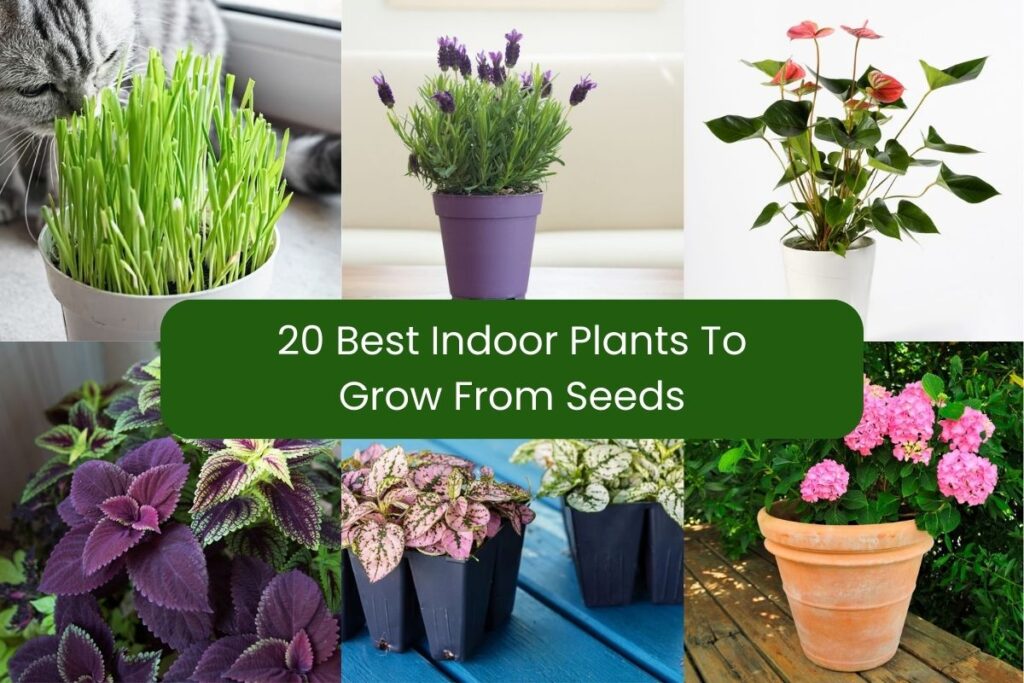
Best Indoor Plants To Grow From Seeds
Cat Grass

Cat grass is an easy plant to grow from seed indoors. Not only will it provide your cat with nutrition, but you can also get the satisfaction of growing a plant yourself! To germinate the seeds, soak them in water for 8-12 hours before planting. Ensure that you keep the soil moist and warm for successful germination. Make sure not to overwater as this can lead to problems such as rot and mold growth.
Provide indirect sunlight and mist your plants regularly for best results. Cat grass needs less water than other plants so make sure to check soil moisture levels often and only water when necessary. With proper care, your cat grass should be ready to reap its benefits in about a week!
Cactus
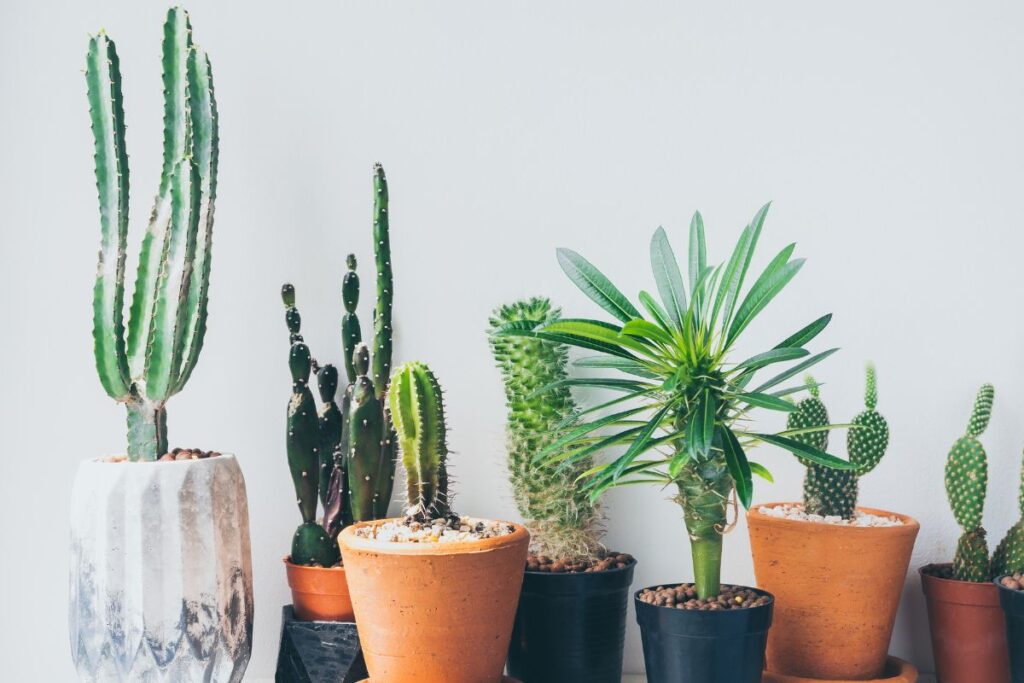
You may be surprised to know that cacti can be great additions to your home; they require little care and boast gorgeous blooms. With proper cactus care, propagation is easy. Take cuttings from healthy plants or harvest the seeds from a mature one and sow them in sandy soil. Water lightly and keep in a sunny area.
Avoid diseases by keeping your plants away from too much direct sun, which can cause sunburns, or overwatering which could cause rot. Cacti are generally hardy but if you notice any discoloration or wilting on the leaves it’s best to take corrective action immediately. With minimal effort, you’ll soon have beautiful cacti thriving in your home!
Living Stone
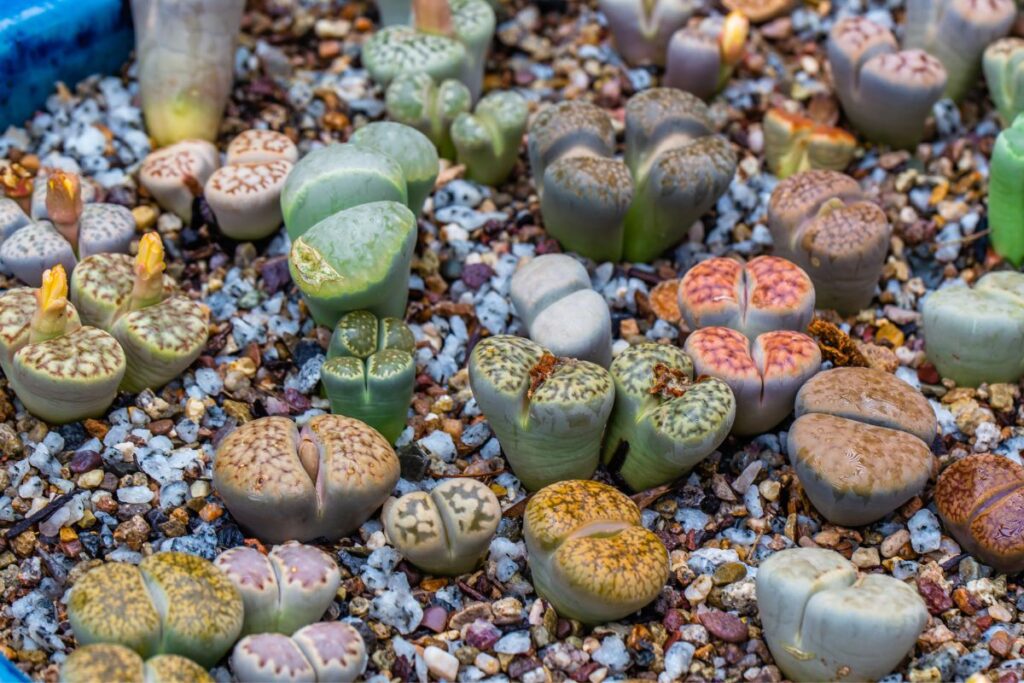
Living stones, also known as lithops, are fascinating succulents that make great conversation pieces! If you’re looking for a unique and easy-to-care-for indoor plant, these living stones could be the perfect choice. With proper Living Stones care, they can thrive indoors in bright but indirect light.
Propagation is simple; just split the stone along its seam when it starts growing multiple heads. When doing so, make sure you use sterile tools and wear gloves to ensure safety. Light requirements include 6-8 hours of bright light each day and some direct sun if possible. With the right amount of water and light, these living stones will continue to grow and bring beauty into your home!
Peace Lily
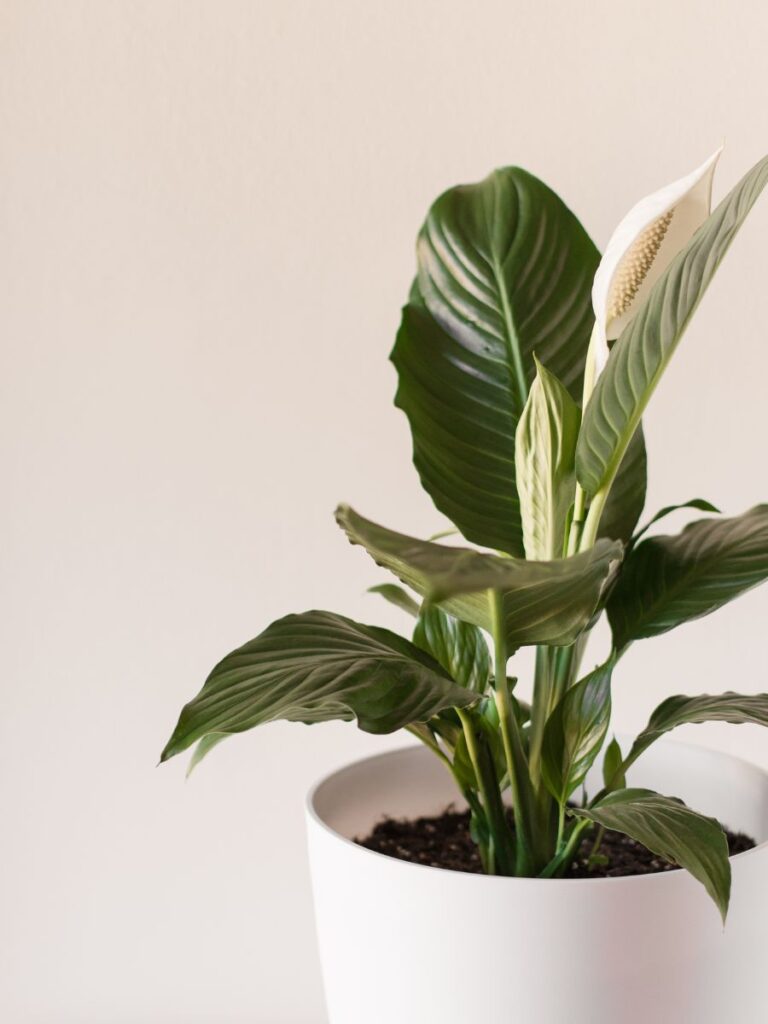
The Peace Lily is a gorgeous houseplant that can add stunning beauty to any home. It thrives in indirect light and its watering requirements are moderate: water when the top of the soil feels dry. When it comes to soil, be sure to use a well-draining potting mix and ensure good drainage by adding perlite or bark chips. Fertilizing once a month during the growing season is beneficial for optimal growth. This luscious plant with its striking white blooms is low maintenance and easy to care for, making it perfect for anyone looking to bring some greenery indoors without much fuss.
African Violet
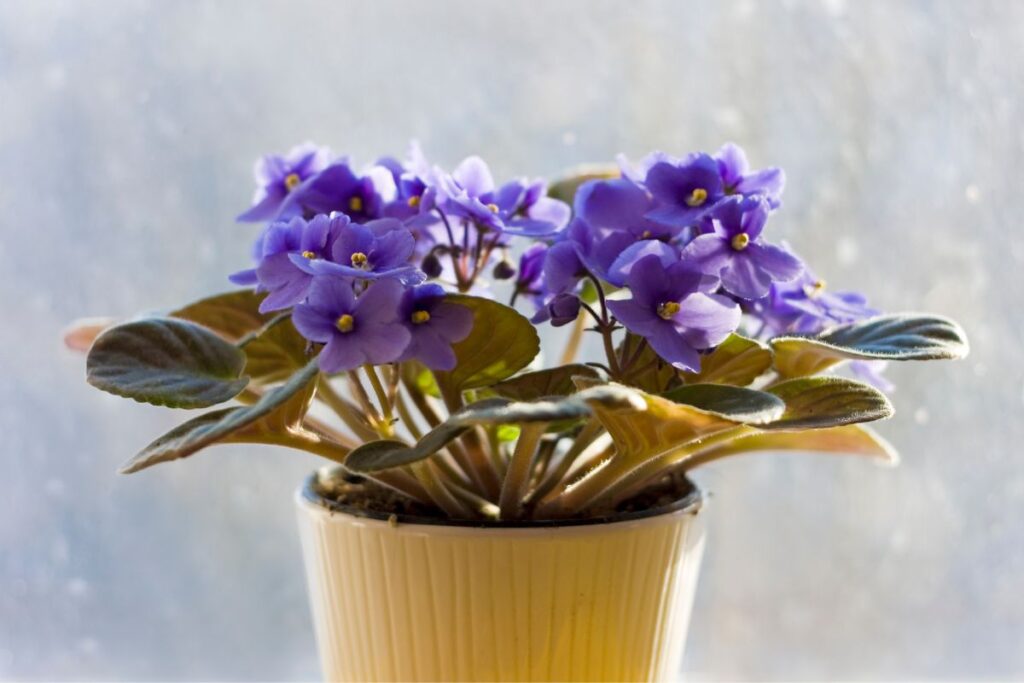
African Violets are beautiful, easy-to-care-for houseplants that can brighten any home. To get started, select seeds from a reputable vendor to ensure you have the best quality plants. When it comes to African violet care, the right potting mix is key; be sure to choose one specifically designed for this type of plant.
You’ll also want to make sure your potting mix has good drainage and contains peat moss or vermiculite as well as perlite for aeration. Additionally, make sure your pot has holes in the bottom so excess water can escape. With proper care and attention, these lovely flowers will soon be blooming in your home!
English Ivy
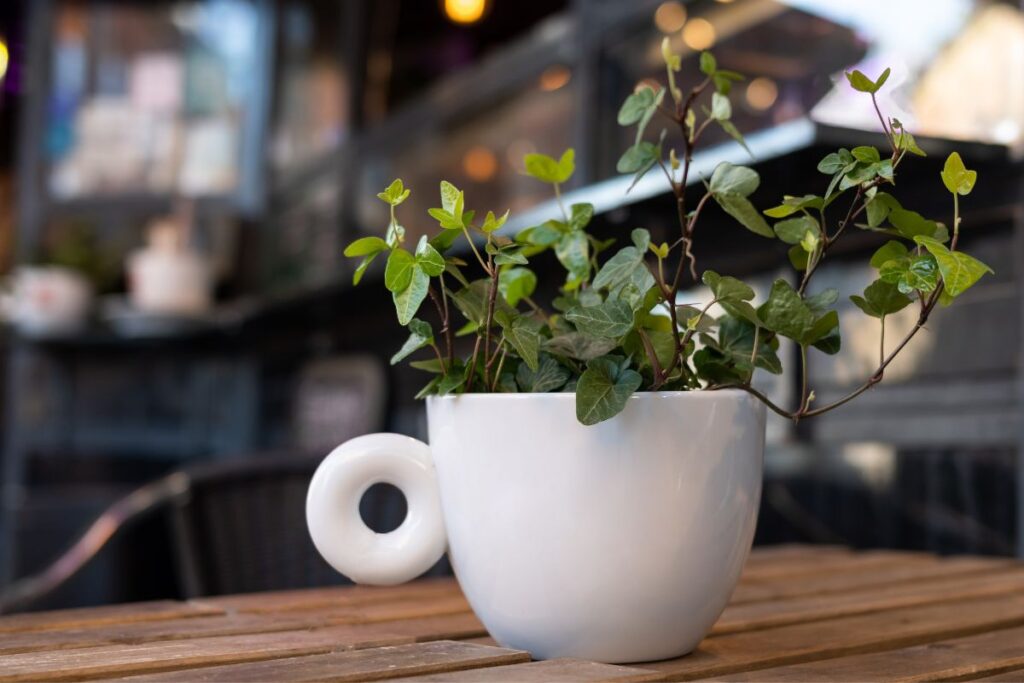
English Ivy is a popular, low-maintenance houseplant that can add a touch of greenery to any room. It’s easy to care for and propagate, making it an ideal choice for both novice and experienced gardeners. English ivy care involves providing bright indirect light, moderate temperatures between 55 and 75 degrees Fahrenheit, and watering when the top inch of soil is dry. Common problems include browning leaves from too much sunlight or overwatering.
To propagate English ivy, cuttings should be taken in the spring or summer with at least two nodes (the point on the stem where leaves emerge). The cuttings should be placed in water until they root before being transplanted into soil. With proper care and attention, you can enjoy this beautiful houseplant all year round!
Asparagus Fern
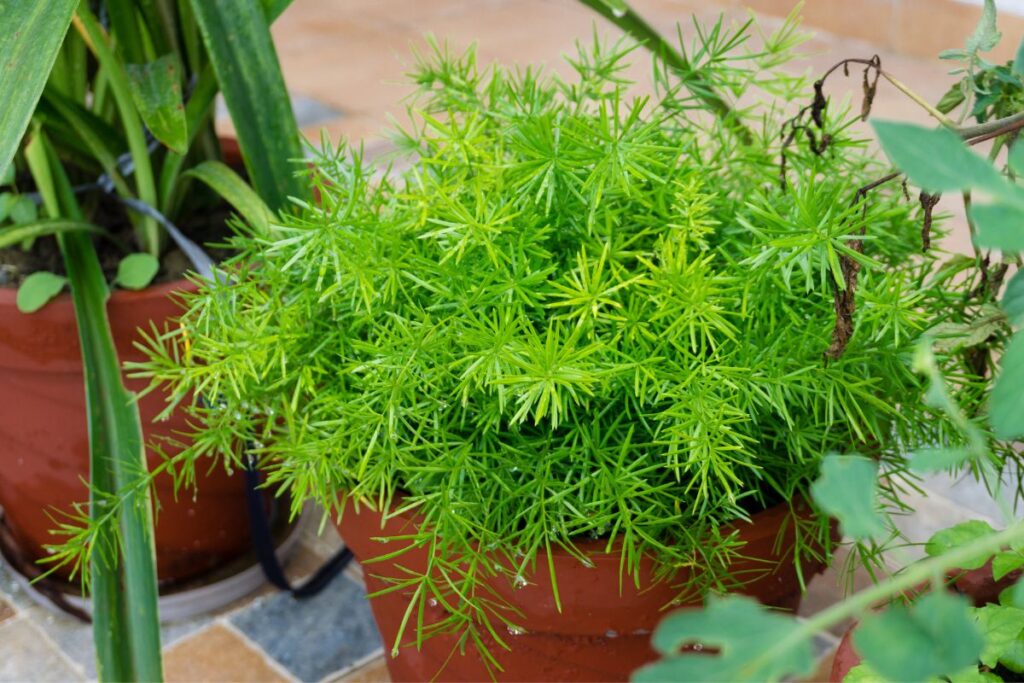
Asparagus ferns are a hardy, easy-to-care-for houseplant that’ll add texture and life to any space. They are an ideal choice if you’re looking for something that can thrive indoors with minimal attention. Propagating asparagus fern is easy too – you can grow them from seeds or by cuttings. The growing conditions should be bright but indirect sunlight, and the soil must drain well.
When it comes to watering needs, keep the soil moist at all times without overwatering – this will help your plant’s growth and prevent root rot. Asparagus ferns also need regular misting to boost humidity levels in dry environments. With a little care and attention, you’ll have a beautiful, healthy asparagus fern in no time!
Gloxinia
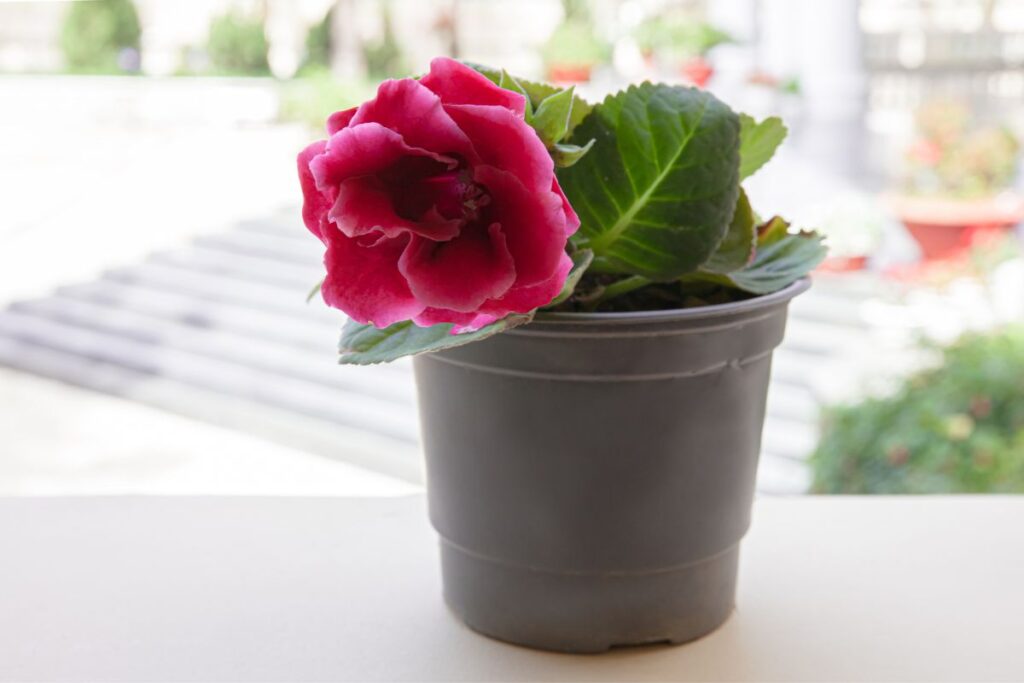
Gloxinias are beautiful flowering plants that don’t require much care, making them a great choice for those who don’t have a lot of time to devote to gardening. They thrive in bright indirect light and need regular but not excessive watering. To propagate Gloxinia, you can sow the seeds in a potting mix and cover lightly with soil. Be sure to keep the soil moist during germination. The resulting seedlings can be transplanted into individual pots when they reach 2-3 inches tall. Since Gloxinia is an easy-care plant, it’s perfect for beginner gardeners or anyone looking for a low-maintenance indoor plant.
Coleus

Coleus are a vibrant and colorful addition to any garden, and they’re easy to care for – just be sure not to overwater them. These plants’ varieties range from bold reds and oranges to soft pastels, so you can find the perfect fit for your space. To propagate these plants from seed, start by covering the seeds with soil. Place the pot in a warm area with plenty of light and keep it lightly moist until germination occurs.
When growing Coleus, remember that they prefer well-draining soil, bright indirect light, and regular watering. If planting outdoors, make sure conditions are ideal before introducing Coleus into your garden. With proper care and attention, you’ll have beautiful blooms in no time!
Chamomile
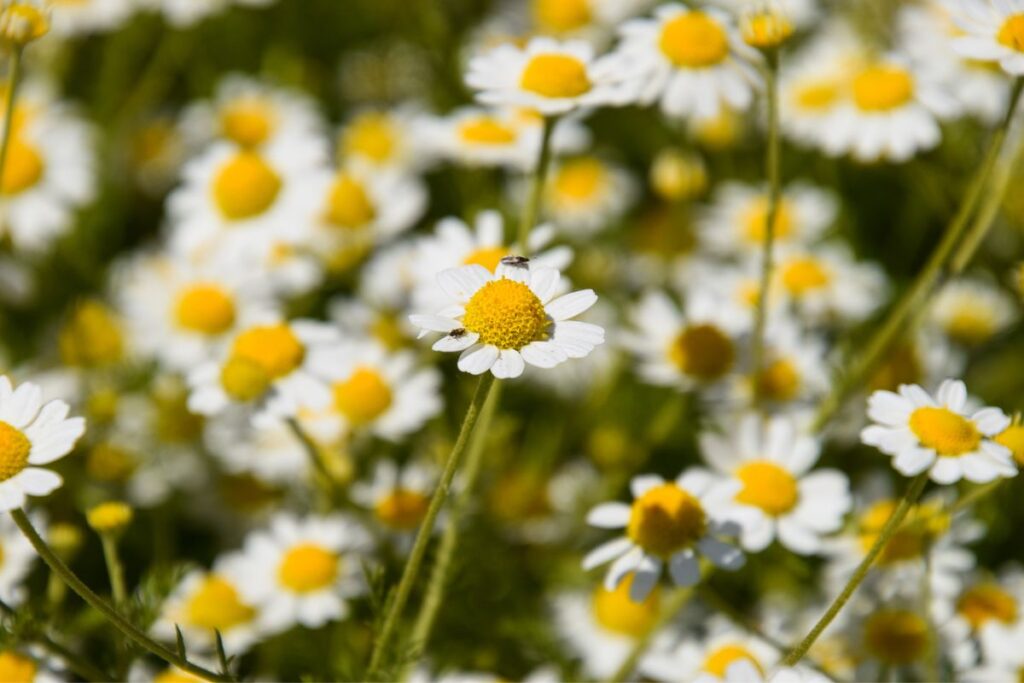
Chamomile is a fragrant, medicinal herb that you can easily add to your garden. When cultivated correctly, chamomile can offer an array of health benefits when used to make tea. It’s important to keep in mind that while it is generally considered safe for most people, certain individuals may have allergies or reactions when consumed. To ensure safety and the best flavor, it’s important to understand how to properly cultivate and prepare chamomile. With a few simple steps, you’ll be able to enjoy its many health benefits in no time!
Start by making sure your soil has good drainage and is slightly acidic before planting the seeds. Once planted water regularly but not too much – overwatering can cause root rot and ruin the crop. The next step is harvesting; as soon as flowers start appearing they are ready for picking! Finally, after harvesting you’ll need to dry the flowers before preparing them into tea – follow instructions carefully for best results and safety.
Basil

Basil is a common herb that can be easily grown both indoors and outdoors. It’s an easy-to-grow seed, making it ideal for novice gardeners. Not only does basil make an attractive addition to any home or garden, but it also boasts many nutritional benefits. Its leaves are high in vitamins A, C, and K as well as magnesium and iron. Eating basil can help you get more of these important minerals into your diet.
Basil has been used medicinally for centuries around the world. The essential oils found in its leaves have antibacterial properties which can help fight infections when applied topically or ingested as tea made from dried herbs. Some people use it to treat stomach aches while others take advantage of its calming effects on anxiety and insomnia symptoms when taken internally or inhaled through aromatherapy diffusers.
Lemon Balm
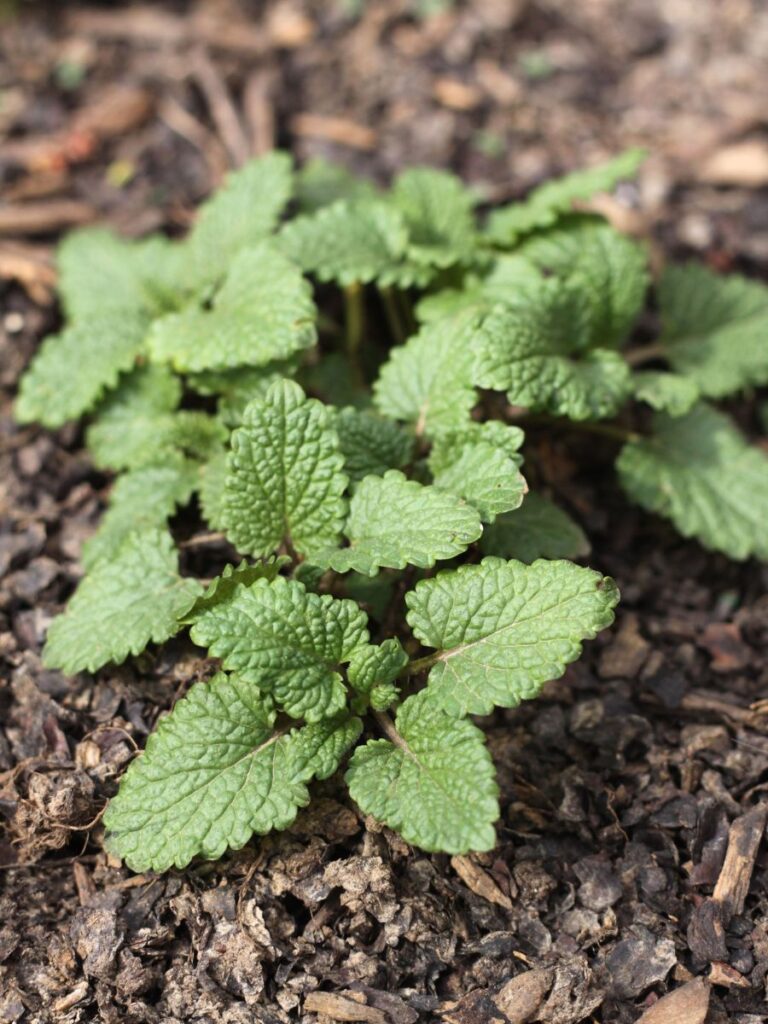
Lemon balm is an easy-to-care-for herb that can bring a fresh, citrusy flavor to your cooking. Its soothing effects on the stomach make it great for teas and other beverages. It’s also a good source of antioxidants and Vitamins A, C, and E. Growing lemon balm from seeds or cuttings is an easy way to get started with this beneficial plant. Start by planting the seeds in a shallow container of soil, or taking cuttings from an existing plant. Once planted, it should take about two weeks for the lemon balm to germinate and start growing.
Lemon Balm Benefits include its calming properties, its ability to fight off colds and flu viruses as well as its use in many recipes (try adding it to salads or making tea). To ensure successful growth of your Lemon Balm plants remember to keep them moist but not wet; trim back any dead leaves; and don’t overharvest when harvesting leaves for recipes. With these Lemon Balm Growing tips, you will have a thriving indoor garden full of healthful herbs!
Petunia
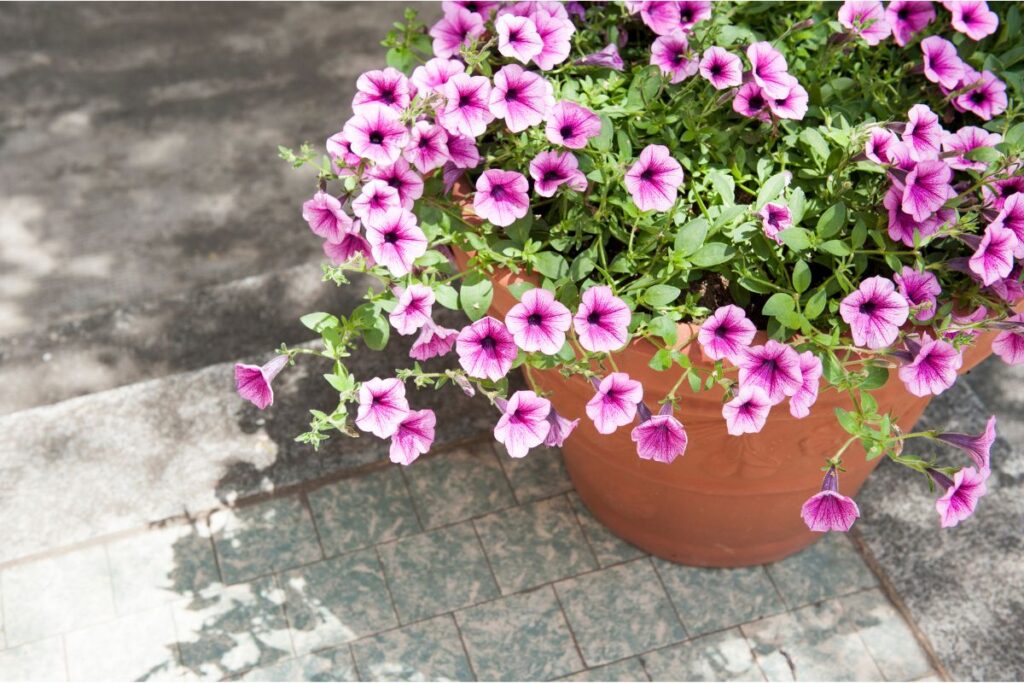
Petunias are beautiful and easy to care for flowers that make a wonderful addition to any garden. With proper Petunia propagation, these plants can be grown from seeds and will flourish in both outdoor and indoor gardens.
Petunia care is relatively low-maintenance and requires light watering, plenty of sunlight, and an occasional trimming of dead blooms. There are many different varieties of Petunias available for your garden, so you can find the perfect one to fit your needs! The vibrant colors they provide will bring life to any room or outdoor space. Growing Petunias from seed may take some patience at first but with proper care, these lovely plants will brighten up any environment.
Geranium

Now, let’s talk about another popular indoor flower – geraniums. Geraniums are easy to propagate and require only minimal care. You’ll need to provide them with potting soil that drains well and has a pH between 5.5-7.0. When watering your geraniums, do so until the top of the soil is moist but not soggy, as too much water can lead to root rot. Finally, make sure they get plenty of sunlight – about 6 hours per day if possible!
Propagating geraniums from stem cuttings is an easy way to grow more plants without having to start from seed. All you need to do is take a four-inch cutting from an established plant and put it in water or damp potting mix; when roots appear you can move it into its own container with fresh soil!
Polka Dot Plants
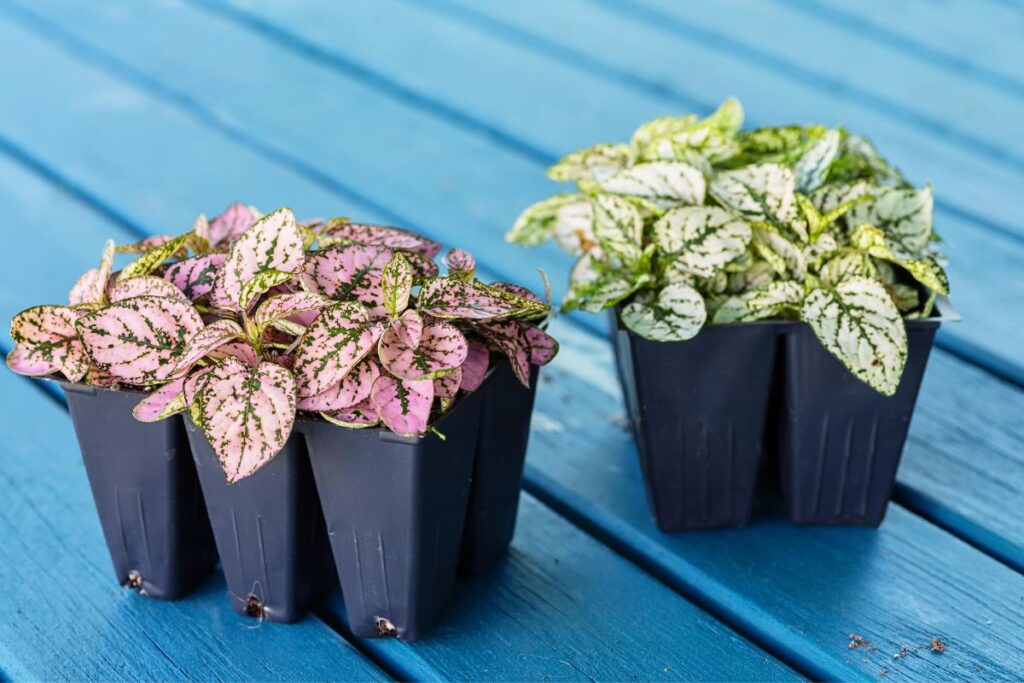
Polka dot plants are a vibrant and fun choice for your home, requiring minimal care and providing lots of interesting foliage! These beautiful plants come in a variety of colors, shapes, and sizes. With proper Polka Dot Plant Care, you can propagate them from stem cuttings or seeds with relative ease. They thrive in bright indirect light or partial shade, so they’re ideal for those who don’t have access to natural sunlight in their homes. You should also provide good drainage soil and keep the soil moist but not soggy.
When it comes to propagating Polka Dots from seed, you’ll need to start them indoors about six weeks before your last frost date. To ensure successful germination, use a sterile potting mix and place the seeds about one inch apart in containers filled with peat moss. There are many varieties of Polka Dot Plants available on the market today, such as Chocolate Mint Variegated and Dragon Wing Pink. With some TLC you can enjoy these cheerful little plants all year round!
Lavender
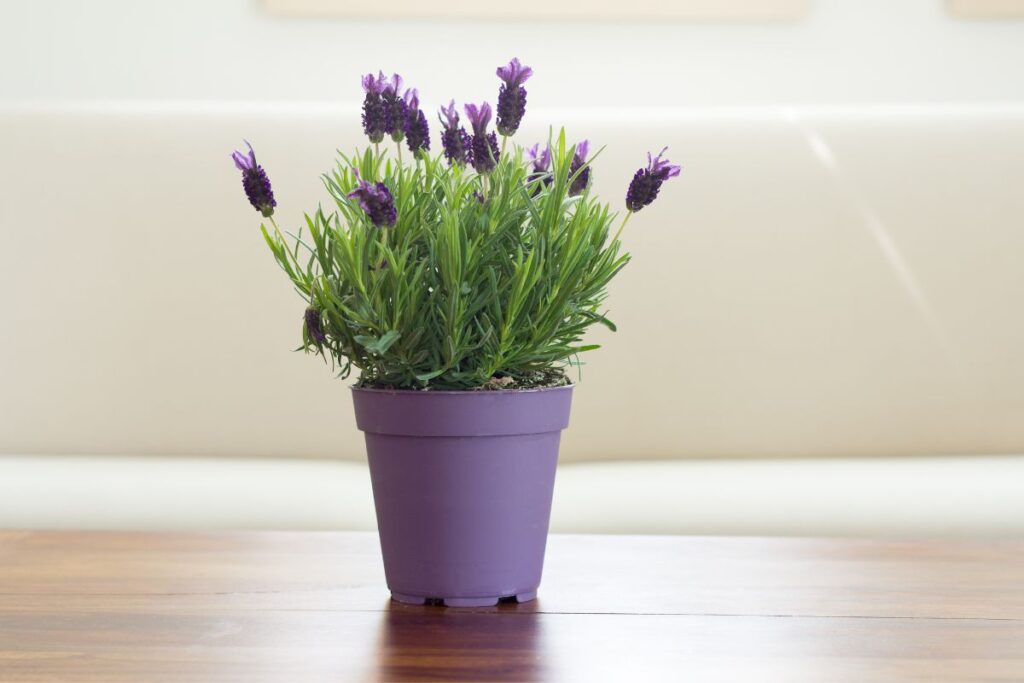
Lavender is a fragrant flower that’s easy to care for and produces long-lasting blooms. It has a wide variety of uses, from herbal teas and oils to aromatherapy and cooking. Not only does it provide an array of benefits, but its cultivation is relatively simple!
Lavender can be grown both indoors and outdoors with minimal effort, making it the perfect choice for any home or garden. The plants need full sun exposure in order to thrive; however, they can tolerate some shade as well. Additionally, they should be watered regularly throughout the growing season, but should not be overwatered. With proper care, lavender plants can last for many years!
Anthurium

Anthuriums are a beautiful, easy-to-care-for flowering plant that will brighten up any home or garden. Growing an Anthurium from seed is a great way to get started with caring for this species. Before you begin, make sure you have the right soil and temperature requirements for optimal growth. You should be using a well-draining potting mix with perlite or coarse sand added to it, and the temperature should be between 65°F and 85°F (18°C to 30°C).
When propagating, keep in mind that seeds need light to germinate so don’t bury them too deep! Place the seed on top of the soil mix and lightly press it down. Water regularly but not excessively; overwatering can lead to root rot. Once your Anthurium has sprouted leaves, continue providing adequate water while keeping its soil moist but never soggy. With proper care, your newly grown Anthurium will thrive!
Schefflera
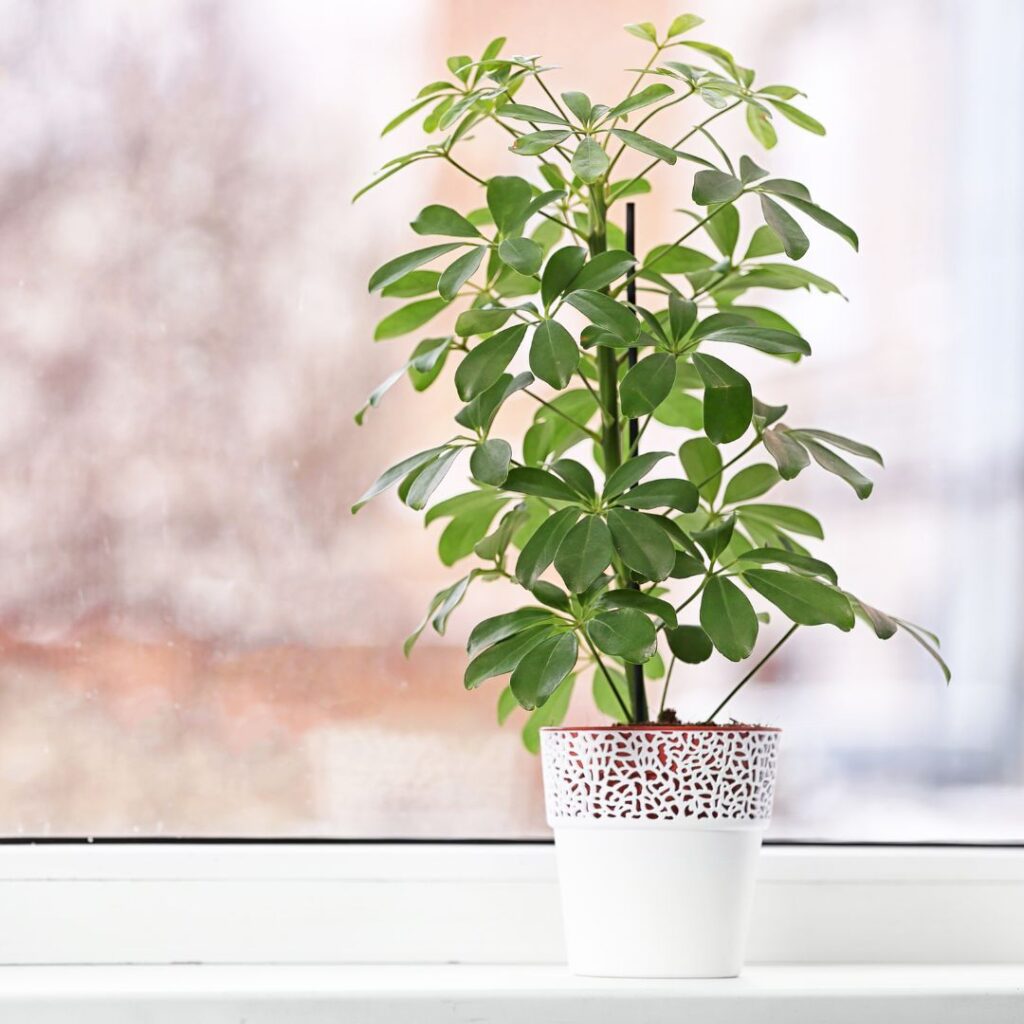
Scheffleras are an attractive, easy-to-care-for houseplant that’ll bring a splash of color to your home. With the right care and a bit of luck, you can grow these tropical beauties from seeds. When it comes to Schefflera care, be sure to provide bright indirect sunlight or artificial light. Water when the soil feels dry and keep humidity levels high by misting with a spray bottle.
Transplanting tips include using rich soil and ensuring adequate drainage in the container you choose. For container selection, find one with enough room for growth and good drainage holes at the bottom. This will help ensure proper aeration for your plant’s roots. Enjoy having this eye-catching greenery in your home!
Nasturtium
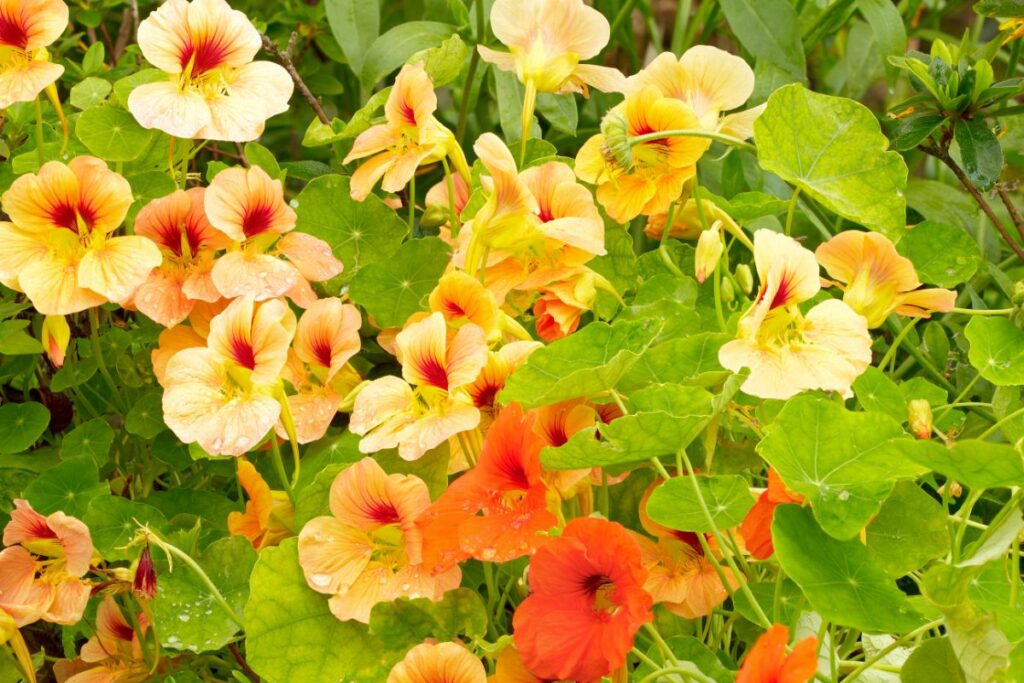
Nasturtiums are attractive annual flowers that can brighten up any outdoor garden. These plants have a number of benefits, such as being edible and easy to propagate. They also help ward off pests when planted near vegetables and other crops. Nasturtiums are very hardy and require little maintenance once established.
To get started growing nasturtiums from seeds, you’ll need some basic gardening supplies like potting soil, planters, and water. You should sow the seeds in moist soil about ½ inch deep and keep them moist until they begin to sprout. Once the seedlings become established, you can move them outside if desired. To control pests organically, try releasing beneficial insects like ladybugs or lacewings into your garden or use DIY sprays made from garlic or citrus peels. With proper care and maintenance, your nasturtiums will provide you with beautiful blooms all season long!
Monstera Deliciosa
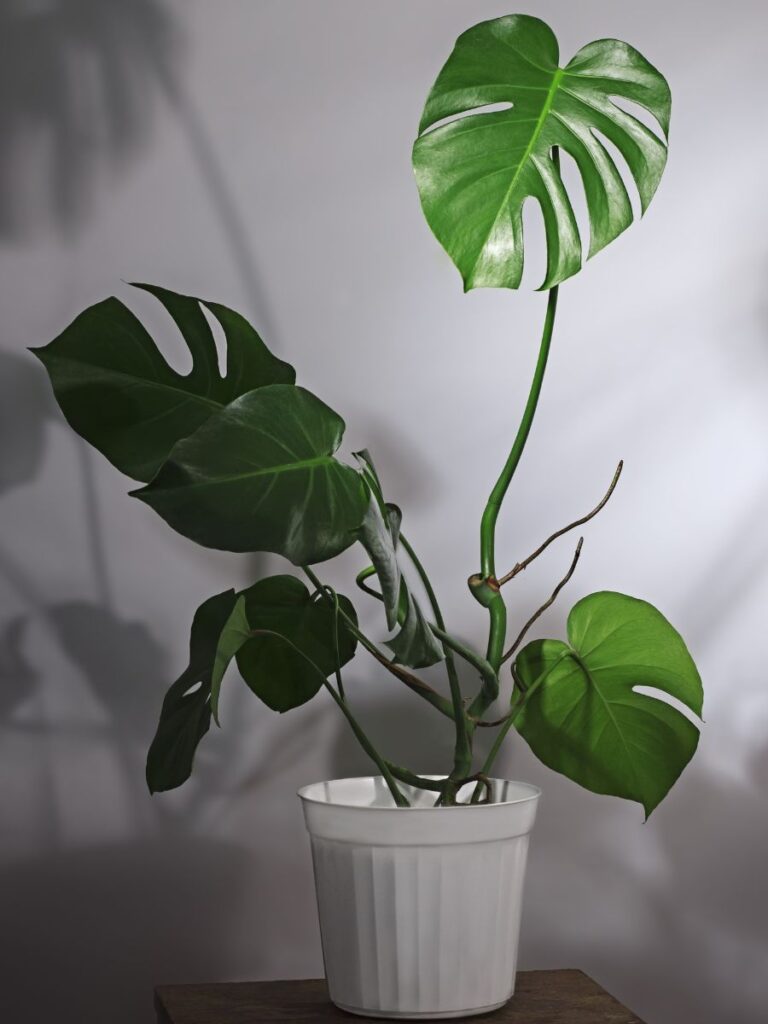
Monstera deliciosa, commonly known as the Swiss cheese plant, is an easy-to-care-for houseplant that’s sure to add some life and texture to your home. Propagating Monstera is simple; it can be done through stem cuttings or air layering. When it comes to caring for your Monstera, make sure it’s not in direct sunlight and keep the soil moist but not soggy. Additionally, regularly inspect leaves for signs of disease like yellowing or wilting. If you notice any of these issues, remove affected leaves and prune away unhealthy stems right away. With proper care and attention, your Monstera deliciosa will thrive in its new home!
Related Post:
How To Grow Monstera From Seed
Conclusion
You’ve now got the knowledge and inspiration to get growing! Whether you’re a beginner or experienced, growing plants from seeds can be a rewarding experience. With these 20 best indoor plants to grow from seeds, you’ll be able to create your own unique indoor garden in no time. So go ahead, grab some seeds, and get started – you won’t regret it!
